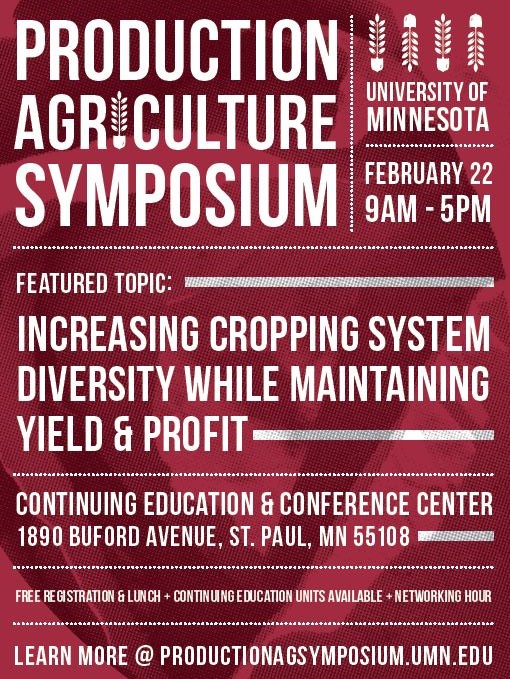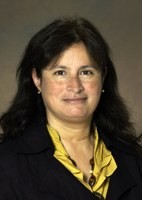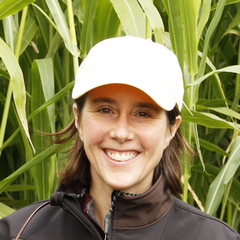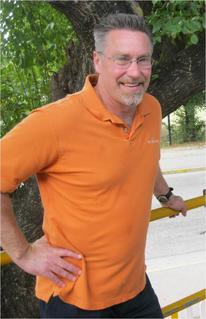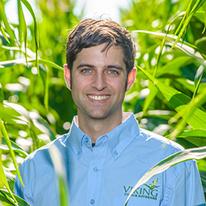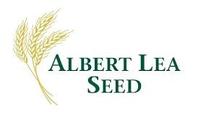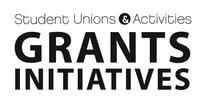THANK YOU FOR A GREAT EVENT!!
Part of the DuPont Plant Sciences Symposia Series
ABOUT
The Production Agricultural Symposium is annual event hosted by students in the Applied Plant Science Graduate Program at the University of Minnesota - Twin Cities. The symposium is a full day event featuring advice from experts in the field, breakout sessions lead by science and industry leaders, and a poster competition for graduate students in production agriculture.
This Symposium is one of a series of symposia flag-shipped by DuPont Pioneer in collaboration with many Universities internationally. At our symposium here in Minnesota, we strive for an audience of those in agricultural production: farmers throughout the state and midwest, university students in agricultural fields, as well as industry and research leaders in Minnesota and throughout the country.
The Production Agricultural Symposium is a free event designed to promote interaction among student scientists, producers, academia, and industry.
The DuPont Plant Sciences Symposia series consists of 65 events at various Universities on 5 different continents. More information may be found at https://www.pioneer.com/home/site/about/research/PlantSciSymposiaSeries/
Schedule
University of Minnesota 4th Annual Production Symposium Schedule of Events
MORNING EVENTS
Registration, Breakfast & Coffee 8:00 - 8:40
Introductions 8:40 - 9:00
Opening Keynote Speaker 9:00 - 9:50
Poster/Exhibitor Session and Morning Break 10:00 - 10:50
Breakout Session 11:00 - 11:50
AFTERNOON EVENTS
Lunch + Poster Viewing 12:00 - 1:00
Expert Panel Discussion 1:00 - 1:50
Closing Keynote Speaker 2:00 - 2:50
Closing Remarks & Questions 2:50 - 3:00
Social Hour 3:00 - 6:00
Morning Keynote
Dr. Marisol Berti
North Dakota State University
Professor
Afternoon Keynote
Dr. Lisa Schulte Moore
Iowa State University
Professor
Expert Panel
Paul Carter
Russell Gesch
Keith Hartmann
Matt Leavitt
Breakout Sessions
Forages (Room 135)
| Time | Presenter | Title |
|---|---|---|
|
11:00-11:15
|
Amanda Grev
|
Yield and Forage Nutritive Value of Reduced Lignin and Conventional Alfalfa Varieties Subject to Diverse Cutting Treatments
|
|
11:15-11:30
|
Reagan Noland
|
Responding to alfalfa winterkill with warm season annual forages
|
|
11:30-11:45
|
Hannah Phillips
|
Meat quality and taste differences between three dairy steer breeds grazed on cover crops
|
Cropping Rotations (Room 155)
| Time | Presenter | Title |
|---|---|---|
|
11:00-11:15
|
M. Scott Wells
|
Double Cropping Systems with Pennycress and Camelina
|
|
11:15-11:30
|
Len Kne and Bryan Runck
|
The New Agricultural Bioeconomy Project
|
|
11:30-11:45
|
Salvador Ramirez
|
Biofuels or Biology, Can We Have Both?
|
New and Alternative Crops (Room 156)
| Time | Presenter | Title |
|---|---|---|
| 11:00-11:15 | Katrina Freund | Cultivation of Native and Naturalized Minnesota Plants for Seed, Biomass, Natural Products, and Ecosystem Services |
| 11:15-11:30 | Mike Lilja |
Hazelnut Production in Minnesota: A Grower's Perspective and Experience |
| 11:30-11:45 | Michelle Dobbratz | Corn Establishment in a Kura Clover Living Mulch |
Cover Crops (Room 32)
| Time | Presenter | Title |
|---|---|---|
|
11:00-11:15
|
Nicholas Wiering
|
Breeding Hairy Vetch for Cover Crop Usage
|
|
11:15-11:30
|
Tom Cotter
|
Grower: How to get Cover Crops into your crop rotation. Multi and single species, V-6 interseeding, benefits, and how to get a "I can do it attitude"
|
|
11:30-11:45
|
Guillermo Marcillo
|
Characterizing Vegetative Development and Pheno-Phases of Winter Rye Cover Crop Under Iowa Conditions.
|
Guidelines for breakout presentations:
- The allotted time for breakout presentations is 15 minutes (12-minute presentation and 3 minutes for questions). Practice your presentation beforehand and time it accordingly.
- Create your presentation in PowerPoint format.
- Keep it simple. Summarize the main points - don't include every detail of what you plan to say. Try to limit the text up to five lines per slide, and keep the number of words to a minimum.
- Keep the color scheme consistent throughout your presentation.
- In addition to the graphics, photographs can be an excellent way to communicate the information.
- Think of the presentation as a story. Clear and logical flow of ideas is important for successful presentation.
- Speak loudly and clearly.
- When a question is asked by the audience, repeat the question so that the entire audience knows what the question is.
- Make the take-home message persistent
- Provide references and contact information so that audience can follow up if they need additional information.
Exhibitors and Poster Sessions
To apply for travel grants, applicants visited https://productionagsymposium.umn.edu/2017-symposium/travel-grants. The deadline for accepting applications was February 10th, 2017.
Registration for exhibitor tables and poster presentations closed February 17th, 2017.
Guidelines for poster presentation:
The poster board provided will be approximately 45’’ high x 45’' wide. Your poster presentation must fit within this size. Pushpins and thumbtacks will be made available at the poster area.
It is the authors’ responsibility to set-up and remove poster.
The posters can be set up from 8:00am to 8:45am and can be taken down between 2:00pm and 4:00 pm. The authors need not be present the entire time, but must be present during the time for poster session which is 10:00am to 11:00am.
Make sure text can be read easily from a considerable distance (4-6 feet). Recommended text size is between 16 – 20 pt. The title should be larger than the rest of the text. Use legible fonts such as Serif, Sans-Serif, Times New Roman, or Baskerville.
The audience for the symposium includes farmers, students and faculty. Prepare your presentations so that they address the target audience. Avoid using jargon and acronyms specific to your field of research.
Organize different sections in your poster logically so that readers can follow through it easily. Use arrows, numbering, or whatever else makes sense in moving from one section to another.
Simplicity is the key. Keep the content to the point, clear and concise. Verify that every item in your poster is necessary.
Make sure that the visuals used in the poster can stand alone. Number the figures and tables according to the order in which they are first mentioned in the text.
Be prepared to provide a brief summary of your project to the visitors. Allow the visitors to go through the information in the poster at their own pace. If a visitor asks a question, talk simply and openly about the work. This would be a good opportunity to get feedback on the work.
Video Coverage of Event
Introduction to Symposium and Opening Keynote Speaker Dr. Marisol Berti's (NDSU) Seminar (begins at 23:00):
https://www.facebook.com/UMNProductionAgricultureSymposium/videos/1734039166908095/
Forages Breakout Session:
https://www.facebook.com/UMNProductionAgricultureSymposium/videos/1734082123570466/
Expert Panel featuring Keith Hartmann (producer), Matt Leavitt (agronomist at Albert Lea Seed), Dr. Russell Gesch (USDA-ARS), and Dr. Paul Carter (Pioneer):
https://www.facebook.com/UMNProductionAgricultureSymposium/videos/1734138000231545/
Afternoon Keynote Speaker Dr. Lisa Shulte-Moore's (ISU) Seminar:
https://www.facebook.com/UMNProductionAgricultureSymposium/videos/1734160393562639/
Our Sponsors
The 2017 Production Agriculture Symposium was graciously funded by:
DuPont Pioneer
Coca-Cola
Albert Lea Seed
University of Minnesota Student Unions and Activities
